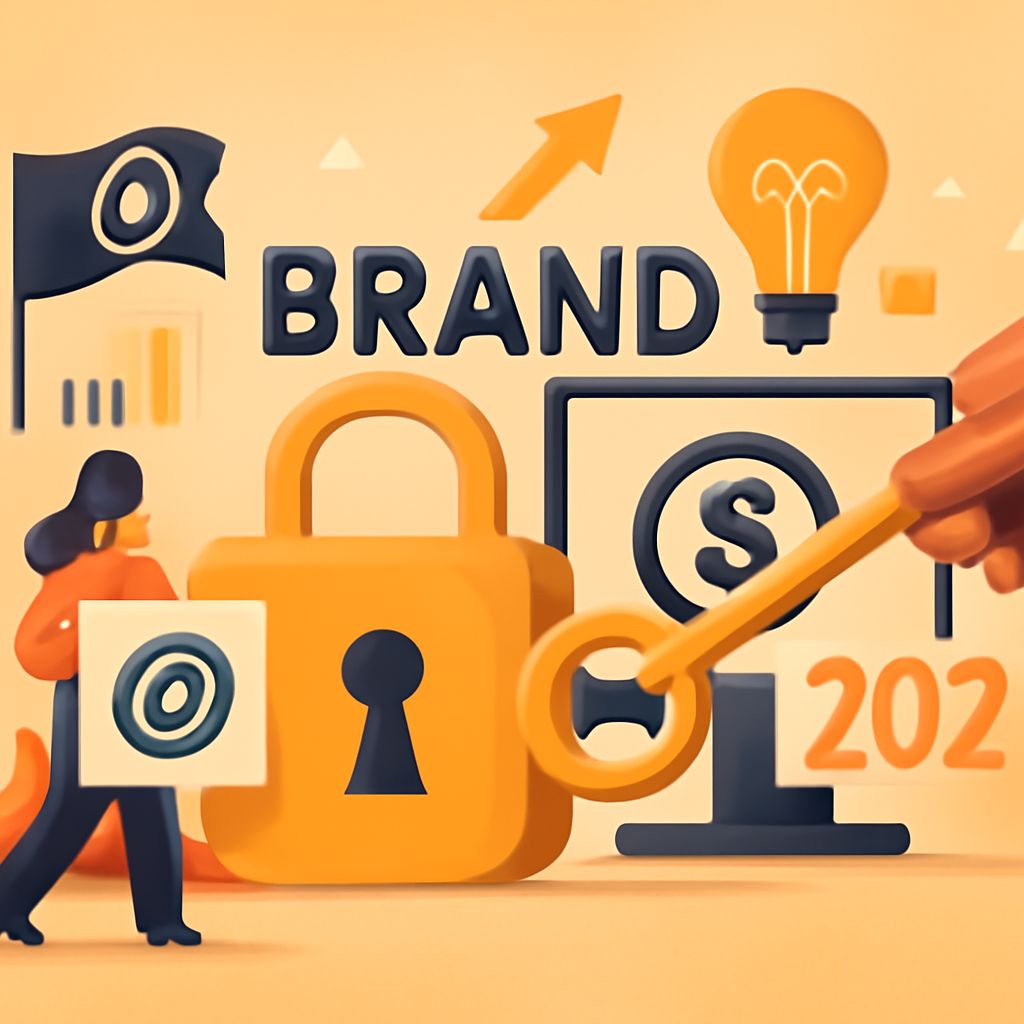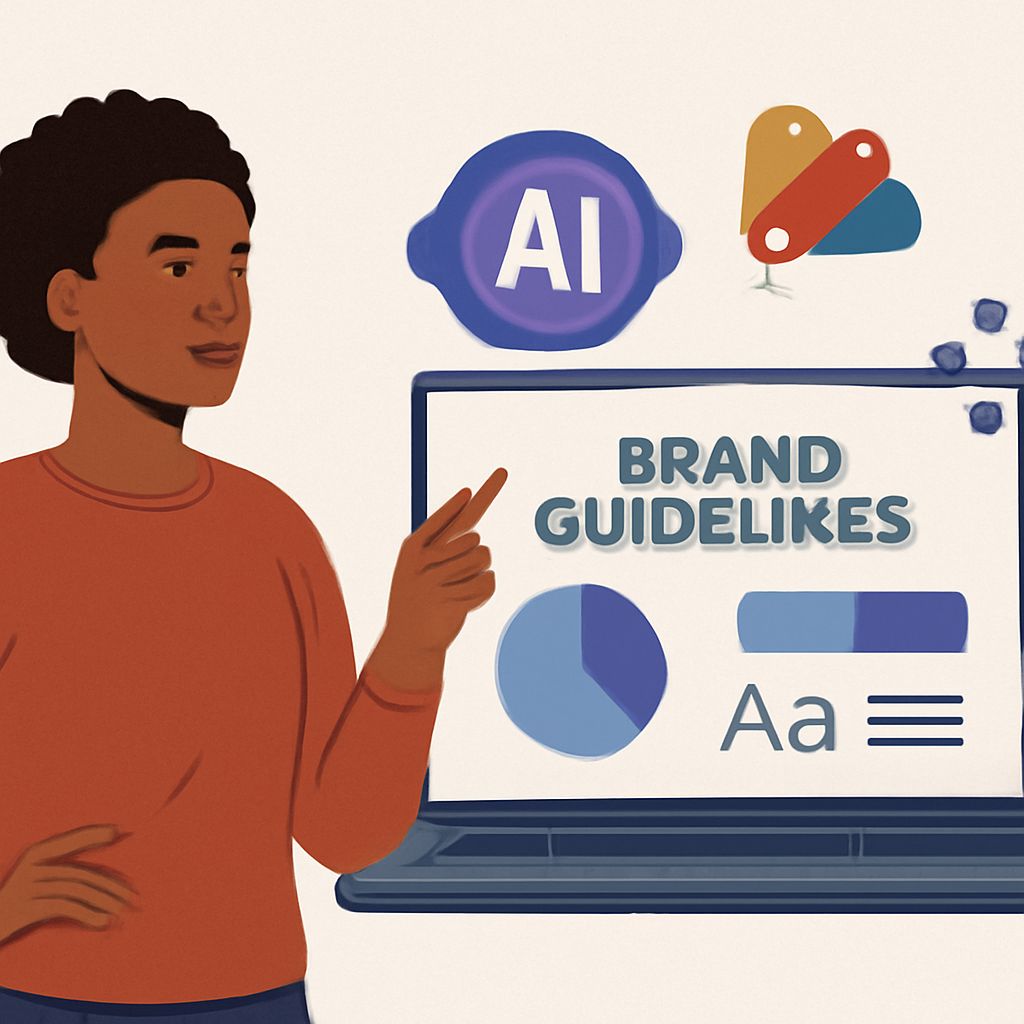Introduction to Iconic Logo Creation
Creating an iconic logo is an art form that combines creativity, strategy, and communication skills to produce a visual representation of a brand’s identity. A successful logo is memorable, timeless, and resonates with the brand’s target audience. Beyond mere aesthetics, an iconic logo embodies the spirit and value systems of the brand it represents, providing a sense of connection and familiarity to those who encounter it.
In this comprehensive guide, we will explore the essential steps and considerations involved in mastering the art of logo creation. From brainstorming ideas to finalizing the design, you will gain insights and techniques that help you craft logos that endure. Whether you’re a seasoned graphic designer or a business owner looking to develop your brand’s visual identity, understanding the subtleties of logo design is crucial to success.
Understanding Brand Identity
The first step in designing an iconic logo is to fully understand the brand’s identity. This foundational step helps ensure that the logo accurately reflects the brand’s ethos and connects with its intended audience. This involves several critical components:
- Researching the brand’s history and core values: Delve into the brand’s origins and principal beliefs to ensure the logo design aligns with what the brand stands for.
- Identifying the target audience and market segment: Understanding the demographics, interests, and behaviors of the target audience is vital. A logo that resonates with its audience enhances engagement and loyalty.
- Analyzing competitors and industry trends: To stand out in the market, a clear understanding of competitors and prevailing trends in the industry is essential. This ensures that the logo design offers a unique perspective while remaining relevant.
With a solid foundation of the brand’s ethos, a designer can then reflect these elements into the visual design process effectively, creating a logo that is not just visually appealing but also profoundly connected to its brand narrative.
Elements of an Iconic Logo
An iconic logo often comprises simplicity, relevancy, and originality. These elements ensure that the logo is not only visually appealing but also easy to recognize and recall. Each element serves a unique purpose in reinforcing the brand’s identity:
- Simplicity: A clean design that communicates the brand message at a glance. Overly complex designs can detract from a logo’s memorability. Simplifying key elements can aid in quick recognition.
- Relevancy: A design that aligns with the industry and creates relevant connections to the brand. A logo should incorporate symbols or motifs that resonate with the brand industry and core philosophy.
- Originality: A unique and innovative approach that distinguishes the logo from competitors. Harnessing creativity to break conventional molds can lead to a distinctive and fresh brand identifier.
Balancing these elements is crucial in the crafting of a logo that withstands the test of time. An effective logo communicates not just the brand’s visual identity, but its values and attributes as well.
Techniques for Effective Logo Design
Designing an effective logo involves a myriad of techniques and approaches, each with its own merit to contribute to the overall quality and resonance of the design:
Brainstorming: Start with sketching multiple concepts based on the brand brief to explore diverse possibilities. This phase embraces creativity without constraints, allowing for a wide array of ideas to flourish.
Digital Tools: Utilize software such as Adobe Illustrator to refine and experiment with designs and colors. Design tools facilitate precision and versatility, enabling designers to bring their creative visions to life in detail.
Feedback & Iteration: Share preliminary designs with peers or clients for constructive feedback to guide the refinement process. Feedback is invaluable in ensuring the logo meets brand needs and resonates with its target audience.
Consideration of Scalability: Ensure that the logo retains its impact and legibility across various sizes and mediums. A logo that looks appealing on both a business card and a billboard is crucial for brand versatility.
Timelessness: Avoid trends that may date the logo quickly. By focusing on a classic and enduring design, the logo can maintain relevance as years pass by.
Color Psychology in Logo Design
Color is a powerful communicator in design, with the potential to evoke emotions and influence perceptions. When designing an iconic logo, understanding color psychology can greatly enhance the emotional resonance of your design:
- Red: Often associated with passion, energy, and urgency. Useful for brands looking to convey excitement or compassion.
- Blue: Evokes a sense of trust, serenity, and professionalism. It’s a popular choice for corporate entities and financial institutions.
- Green: Represents nature, growth, and health. Highly effective for brands in eco-friendly sectors or those promoting wellness.
- Yellow: Conveys optimism, warmth, and cheerfulness. It’s particularly effective for brands targeting a youthful audience or looking to instill a sense of happiness.
- Black: Conveys elegance, power, and sophistication. Predominantly used for luxury brands and high-end markets.
Choosing the right colors not only enhances the aesthetic appeal of a logo but also strengthens the overall brand message. The emotional and psychological responses elicited by color choice can significantly impact how a logo is perceived by its audience.
FAQ
What makes a logo iconic?
A logo is considered iconic when it is easily recognizable, conveys a brand’s message clearly, and remains relevant over time. Iconic logos adeptly encapsulate the essence of a brand in a way that fosters an immediate connection with the audience.
How do I choose the right colors for a logo?
Choose colors that resonate with the brand’s personality and evoke the desired emotional response in your audience. Research color psychology to make informed choices. Understand your brand’s messaging and audience to ensure color choices that align with and enhance brand values.
What role does typography play in logo design?
Typography is crucial in logo design as it affects readability, style, and overall feel of the logo. It should complement the logo’s visual elements and enhance clarity. The choice of font can add nuance and emphasis to the brand message, making it essential to select typefaces that harmonize with the brand’s voice.
Can a logo evolve over time?
Yes, many iconic logos have evolved to stay relevant with changing times while maintaining core elements that retain brand recognition. Revisions can reflect shifts in brand strategy or modern sensibilities without losing the foundational aspects that are foundational to the brand image.
Final Thoughts on Iconic Logo Creation
Mastering the art of iconic logo creation involves more than just creativity; it requires a strategic understanding of brand identity, market dynamics, and effective visual communication. Each element of logo design, from simplicity and originality to color and typography, plays a pivotal role in crafting a logo that is not only eye-catching but also significant. As trends evolve and new design tools emerge, staying informed and flexible is crucial to maintaining impactful design practices. Whether creating your own brand logo or working with a client, your ultimate goal should be transcending mere aesthetics to deliver a design that resonates on a deeper level with the intended audience, creating lasting impressions and driving brand loyalty.




